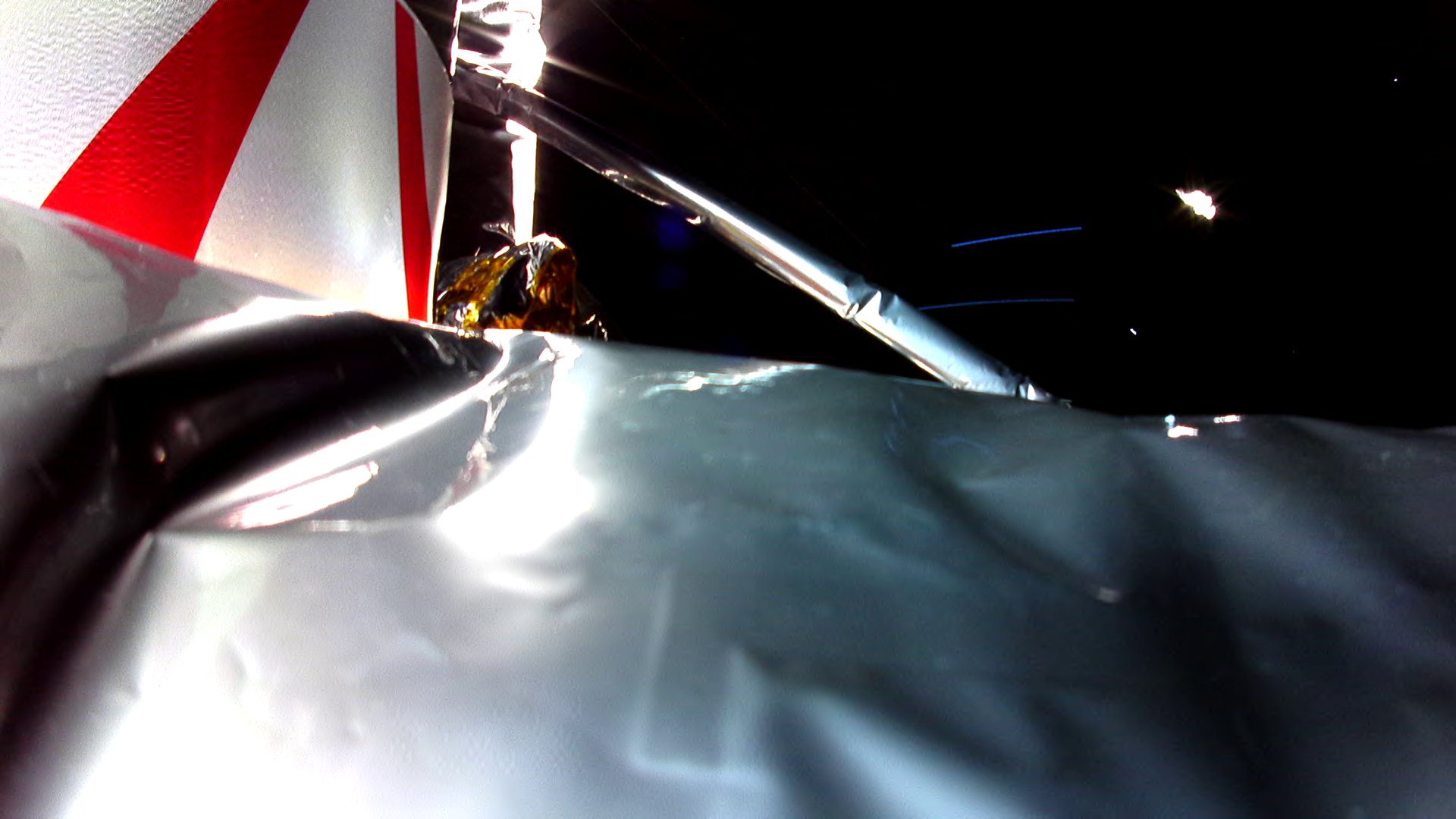Here’s why Astrobotic’s Peregrine lander will miss the Moon

The first American private lander that was supposed to land on the Moon suffered a "critical" fuel leak at launch: "There is no possibility of landing on the moon" confirmed the Astrobotic company
Peregrine, the private lander of the American Astrobotic, will not be able to attempt to land on the Moon due to a fuel leak shortly after the launch on January 8 .
The company confirmed this on its X profile , adding that there is enough propellant to run its Peregrine lander as a spacecraft for about 40 hours.
Thus began the countdown for the vehicle's autonomy, which according to company estimates could run out in the night between 10 and 11 January. A Moon landing, planned for February 23 according to the original timeline of the private mission, sponsored by NASA's Commercial Lunar Payload Services program, a key part of the agency's efforts to return astronauts to the Moon, is definitively ruled out. Astrobotic is in fact the first of three US companies to send a lander to the Moon this year as part of a new public-private partnership with NASA.
All the details.
ASTROBOTIC COMMUNICATION
“The ongoing loss of propellant is causing the shuttle's ACS thrusters to reduce their operation well below nominal expectations to prevent the lander from uncontrollable rotations,” reads the note published by Astrobotic at 3am (Italian time) on the 9th January. In fact, it is estimated that, based on current consumption, the thrusters will be able to "maintain the lander's stable orientation towards the Sun for approximately 40 hours".
“Peregrine has currently been operational for 32 hours,” the company added in its 6pm update on January 9th. “Overnight, the team faced another problem pointing” at the Sun that reduced energy production. However, the technicians managed to update the control algorithm, resolving the situation. “The batteries are fully charged,” Astrobotic confirms.
WHAT HAPPENED FOLLOWING THE LAUNCH
As Spacenews explains, Astrobotic first reported an anomaly with the lander about seven hours after the Vulcan Centaur rocket successfully placed it into a lunar transfer orbit. This anomaly prevented the spacecraft from assuming a “stable orientation towards the sun” necessary for its solar panels to charge its batteries. Controllers ordered the spacecraft to perform an “improvised maneuver” that successfully established the correct orientation.
To maintain proper orientation in flight, the Peregrine's thrusters must now work overtime, consuming even more of its dwindling fuel reserve. But Astrobotic estimates that the spacecraft has less than two days of propellant left before its reserves run out and the spacecraft begins to fall.
When that time comes, Peregrine, with its solar panels no longer harvesting sunlight, will rapidly lose power.
In the series of updates provided, the company also released an image of a part of the spacecraft taken by an on-board camera (pictured).
MOON LANDING DEEMED IMPOSSIBLE
So the first lunar lander launched by the United States in half a century will not reach the lunar surface.
“Considering the loss of propellant – continues the note – unfortunately there is no possibility of a soft landing on the Moon”. However, the residual propellant is sufficient to continue driving the vehicle for another 40 hours. “The team continues to work to find ways to extend Peregrine's operational life as we continue to monitor and perform scientific payloads on board, as well as collect data for the upcoming Griffin lunar lander mission.”
NASA'S POSITION
For its part, NASA said it is working with Astrobotic to identify the root cause of the propulsion problem, recalling that: "Space is difficult."
We are working with @Astrobotic to identify the root cause of the propulsion issue and evaluate how it affects NASA's five science investigations aboard the spacecraft.
Space is hard. We support our vendors and look forward to learning all we can. https://t.co/0J9gbuuUCh
— NASA (@NASA) January 8, 2024
This is a machine translation from Italian language of a post published on Start Magazine at the URL https://www.startmag.it/innovazione/ecco-perche-il-lander-peregrine-di-astrobotic-manchera-la-luna/ on Wed, 10 Jan 2024 08:24:44 +0000.
